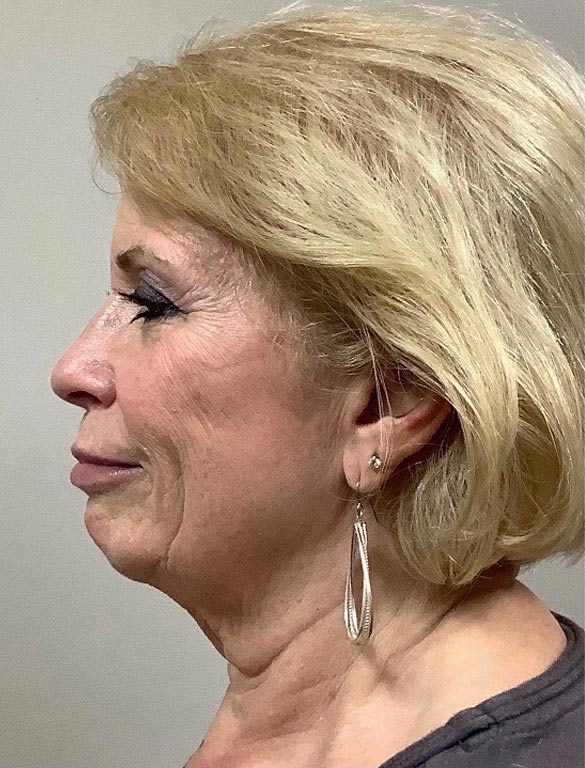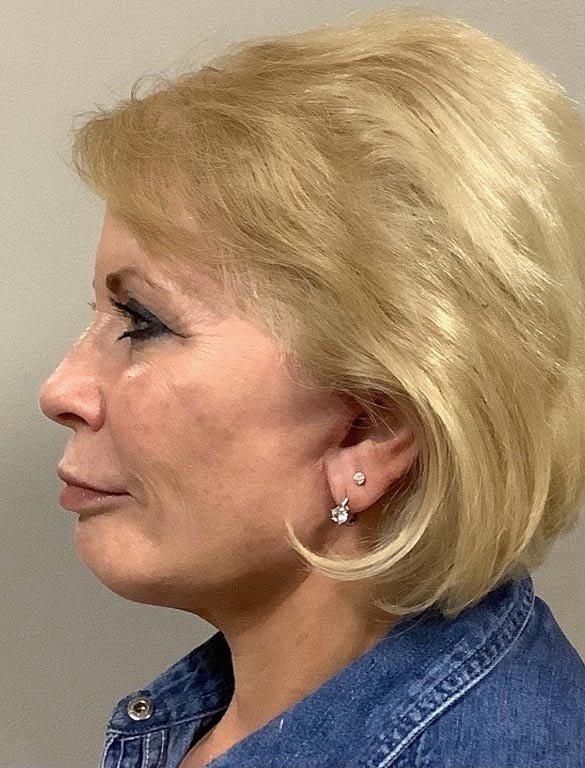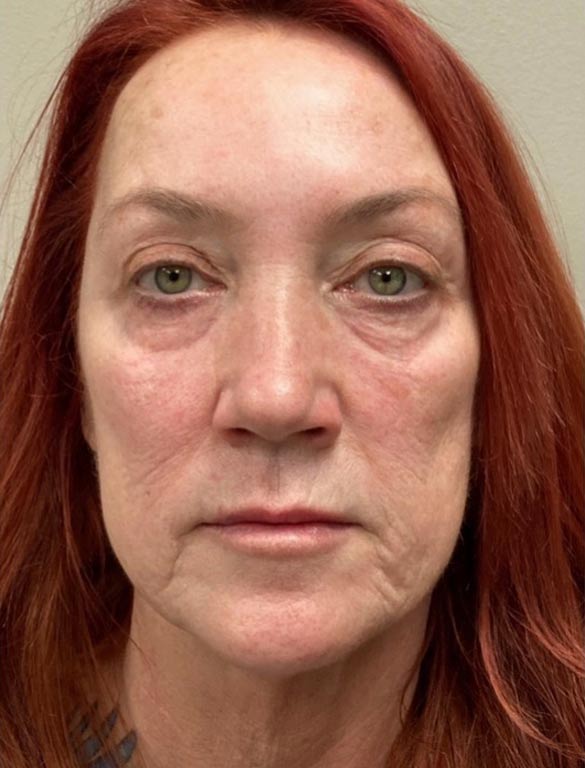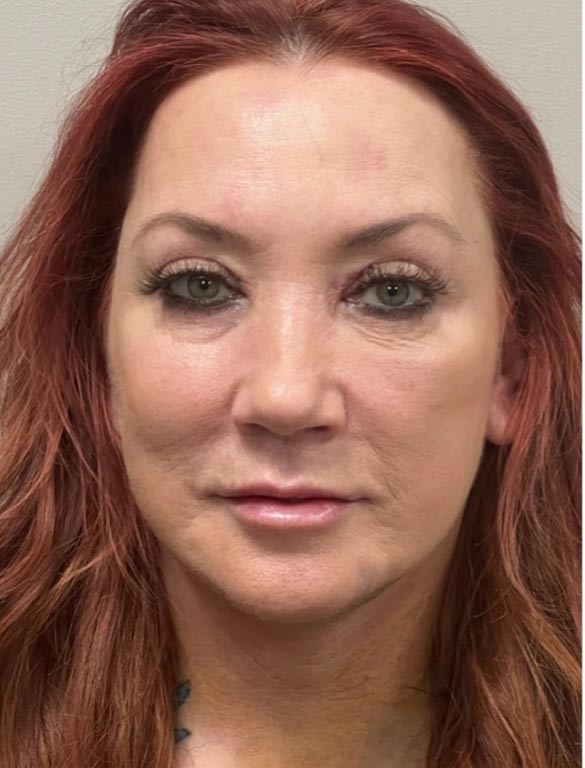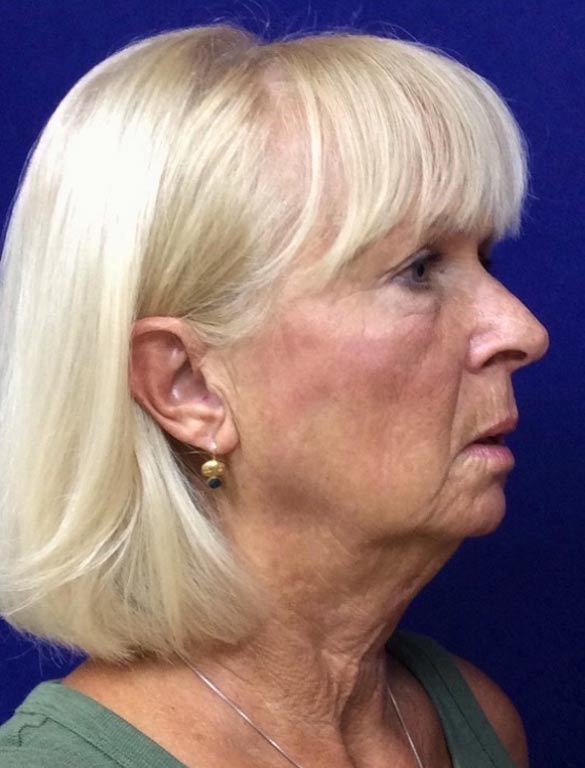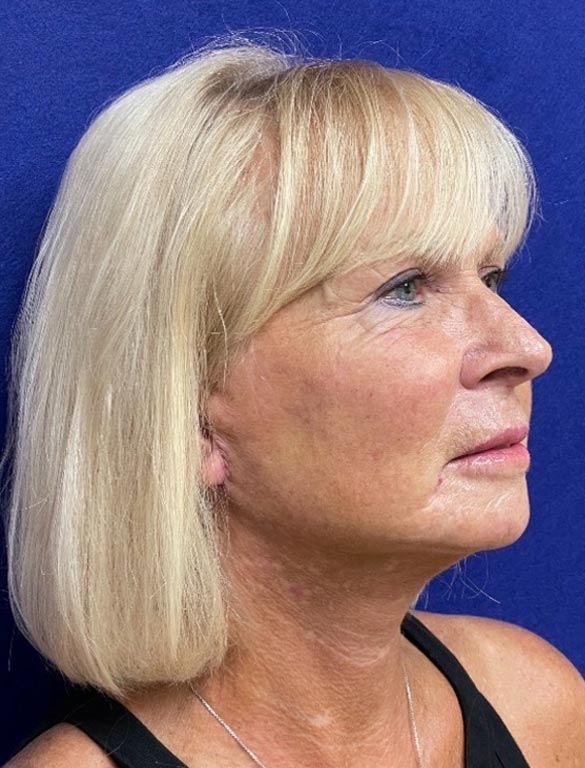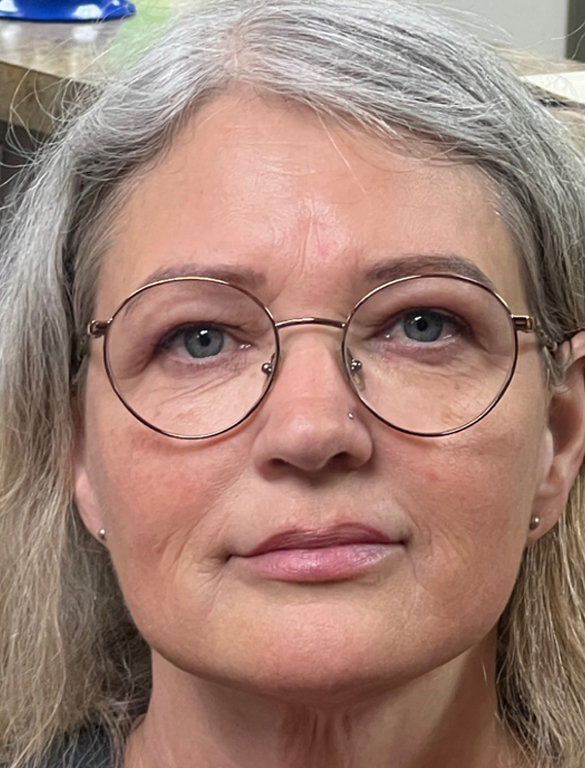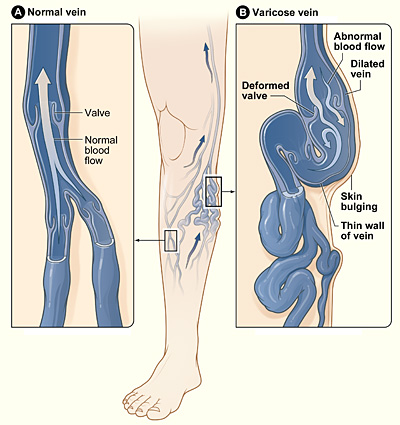Vein disease affects numerous people, and it’s a serious problem that cannot go ignored. Veins play a large role in a person’s circulation system, transporting blood throughout the body and to the heart and lungs where it can be re-oxygenated. When they aren’t able to work properly, it can lead to dangerous conditions and complications.
There are a variety of vein diseases that can develop, with two of the most well known being varicose veins and spider veins. These two ailments cause a good portion of the population to suffer, however, there are also many other diseases that are commonly diagnosed in the veins. It’s essential to know what these are and what to look out for so treatment can begin right away.
Thrombosis
Thrombosis occurs when blood clots form in the legs. There are two different kinds of thrombosis: superficial thrombophlebitis and deep vein thrombosis. The first refers to blood clots that can generally be seen lurking right underneath the skin. Warning signs include inflammation of the leg, red streaks, and a leg that’s unusually warm and tender. On the other hand, deep vein thrombosis is the development of blood clots deep within the legs and sometimes in the arms or pelvis areas. Signs of DVT are more difficult to spot, but they can include major swelling, pain, pressure, fever, and discoloration of the skin.
Chronic Venous Insufficiency
Chronic venous insufficiency is a weakness in the vein wall or valve that lets blood flow back into the vein, causing inflammation and clotting. It typically develops after the veins have gone a long period of time without proper drainage in the limbs. Symptoms may be leg swelling, pain, dark patches of skin, and coarse skin texture.
Venous Stasis Ulcers
A history of blood clots, varicose veins, or swelling can lead to venous stasis ulcers. They are irregularly shaped wounds that appear below the knee, turning the skin a purplish color and sometimes emitting a discharge. It’s an indication of poor circulation in the legs, which has allowed blood to pool in one spot until the ulcers have formed.
Detect Vein Disease Early
Noticing even the smallest symptoms of vein disease makes it important to visit a doctor that is trained and experienced in treating veins. This can prevent the condition from worsening and developing into something more serious. The Skin and Vein Center in Michigan has helped numerous patients detect and successfully take care of their vein problems.

